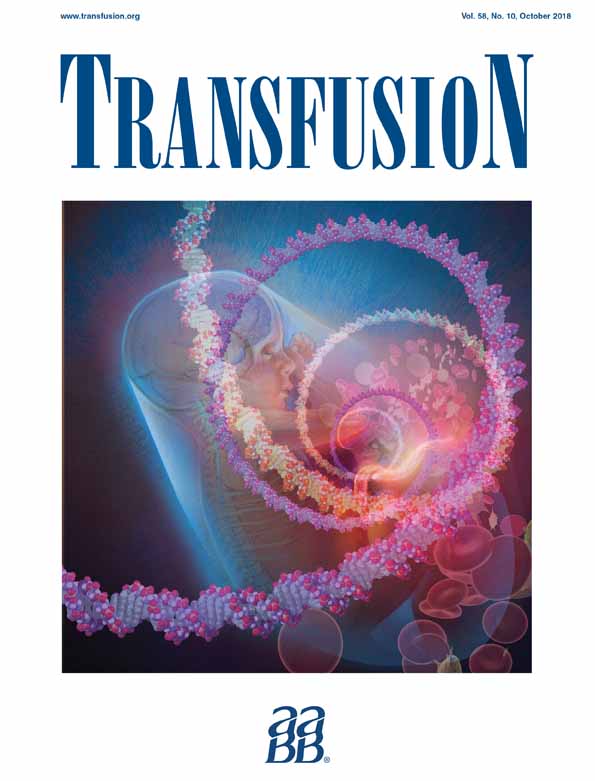Fear of blood draw is associated with inflated expectations of faint and prefaint reactions to blood donation
Abstract
BACKGROUND
Although the risk of fainting and prefaint reactions (e.g., dizziness, lightheadedness) is low during blood donation, there is evidence that this risk remains a concern for many donors. This study sought to measure perceived risk for such reactions within the general population and to relate perceived risk to individual reports of fear of having blood drawn.
STUDY DESIGN AND METHODS
A sample of 1019 men and women (52.2% male; mean ± SD age, 37.2 ± 12.3 years; range, 18-80 years) completed an anonymous online survey that included questions that asked about their 1) estimation of the frequency of faint and prefaint symptoms experienced by blood donors and 2) fear of having blood drawn.
RESULTS
Survey respondents overestimated the risk of both faint and prefaint reactions to blood donation, with estimates of fainting risk being more than 20 times the actual risk. Further, the perceived risk of both faint reactions (F(4,1008) = 25.88, p < 0.001) and prefaint reactions (F(4,1008) = 17.37, p < 0.001) was higher among those who reported greater fear of having blood drawn.
CONCLUSION
The general public has inflated expectations of the risk for faint and prefaint reactions to blood donation, suggesting that efforts to educate prospective donors with accurate information may help to reduce this relatively common concern.
CONFLICT OF INTEREST
The authors have disclosed no conflicts of interest.




